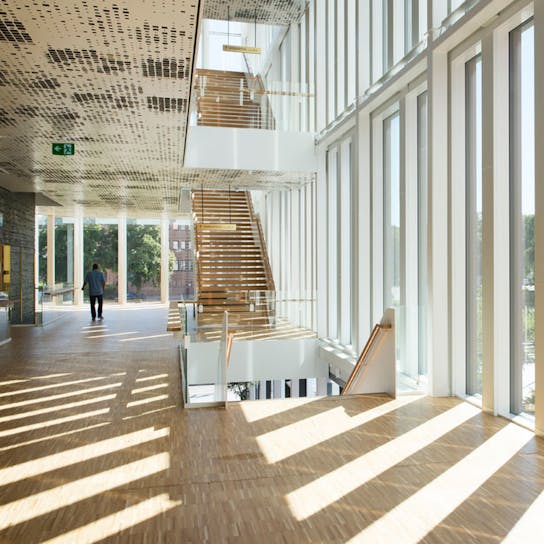Save 70 percent of energy used
Many homes waste energy because they are not insulated to the latest standards. This means they can be uncomfortable to live in as well as cost more to heat in winter or to keep cool in summer. With energy efficient technology that’s readily available today, householders who properly insulate their homes can save up to 70 percent of the energy used to heat or cool their homes, reducing their living costs, creating a space that’s more pleasant to live in and even increasing the value of their property .
Where to start
Because heat rises, the best place to start is with roof insulation. This is often the easiest space to insulate, as materials can be placed on the floor of an attic or loft space. The optimal thickness for insulation is between 300-500 mm, depending on the climate, and local building codes may also dictate a minimum level of insulation. If your house has a cellar or crawl space under the ground floor, it’s very beneficial to insulate here too, either on top of the flooring or beneath it.










